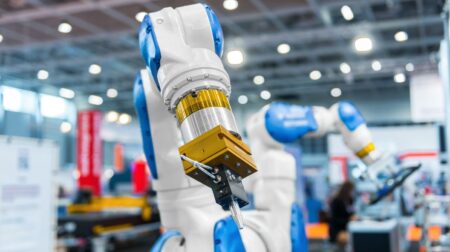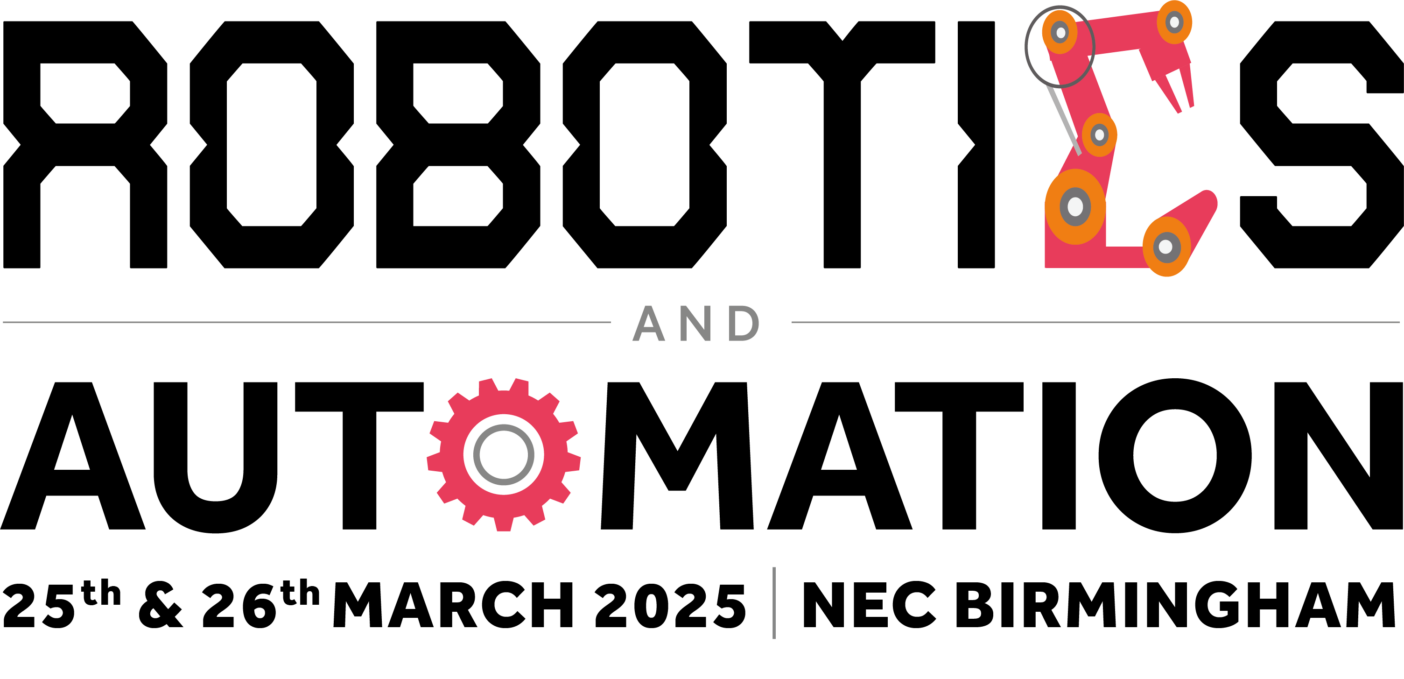National Grid Electricity Transmission (NGET) will pilot a system that seeks to fully automate the capture and processing of corrosion-related condition assessment data.
Formed through a collaboration with deep tech start-ups Keen AI and sees.ai, the system uses automated drones flown Beyond Visual Line of Sight (BVLOS) to gather detailed close-quarter data, which is then processed using AI.
NGET owns 21,900 steel lattice pylons that carry overhead transmission conductor wires in England and Wales. Transmission pylon steelwork condition can deteriorate through corrosion, so periodic assessments are made to understand the health of the network. NGET inspects around 3,650 steel lattice pylons each year, capturing high definition still colour images of steelwork using helicopters and manually flown drones.
Currently, these images from drones are captured and processed manually by a pool of inspectors with drone pilots carrying drones to the site of each asset due to be inspected and then keeping them in sight at all times while flying.
This trial will enable a fleet of connected and autonomous drones to be flown nationally under licence from the Civil Aviation Authority and under the supervision of remote operators in a secure remote operation centre.
According to NGET, automating data capture and processing for these assessments offers significant benefits, including enabling the capture of data that’s optimal for automated processing. It also increases the speed, efficiency and consistency of data processing.
Furthermore, the trial works to predict the future state of a pylon and the impact of any maintenance work, while reducing the risk and environmental impact of data capture.
Mark Simmons, conditioning monitoring manager at National Grid Electricity Transmission, said: “Maintaining and investing in our transmission infrastructure is critical to a safe and reliable electricity network. Working with innovators like Keen AI and sees.ai we are able to take real time data and use it to predict when assets on our network need attention.
“This technology will be vital in the future as we connect more and more renewable and low carbon power, expanding our network and delivering world class reliability. We look forward to the technology complementing the methods we currently use to help our operational teams manage safety, inspections and maintenance.”








